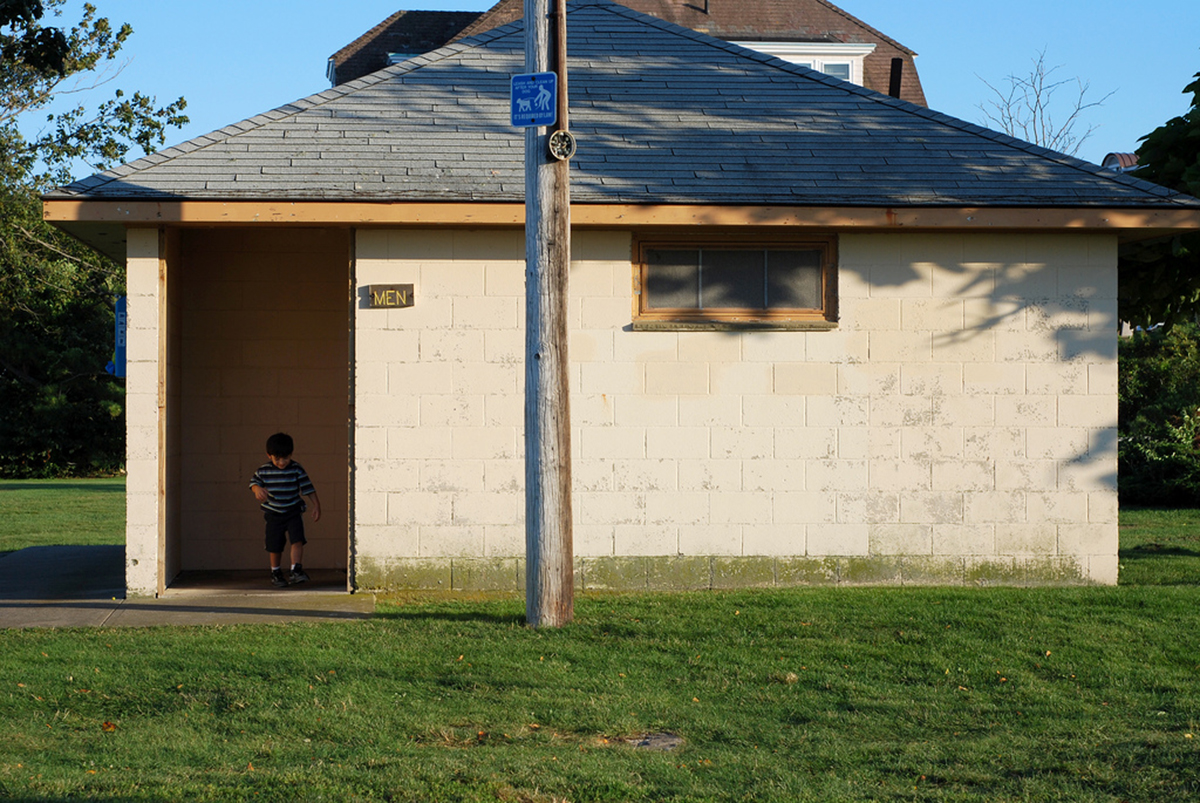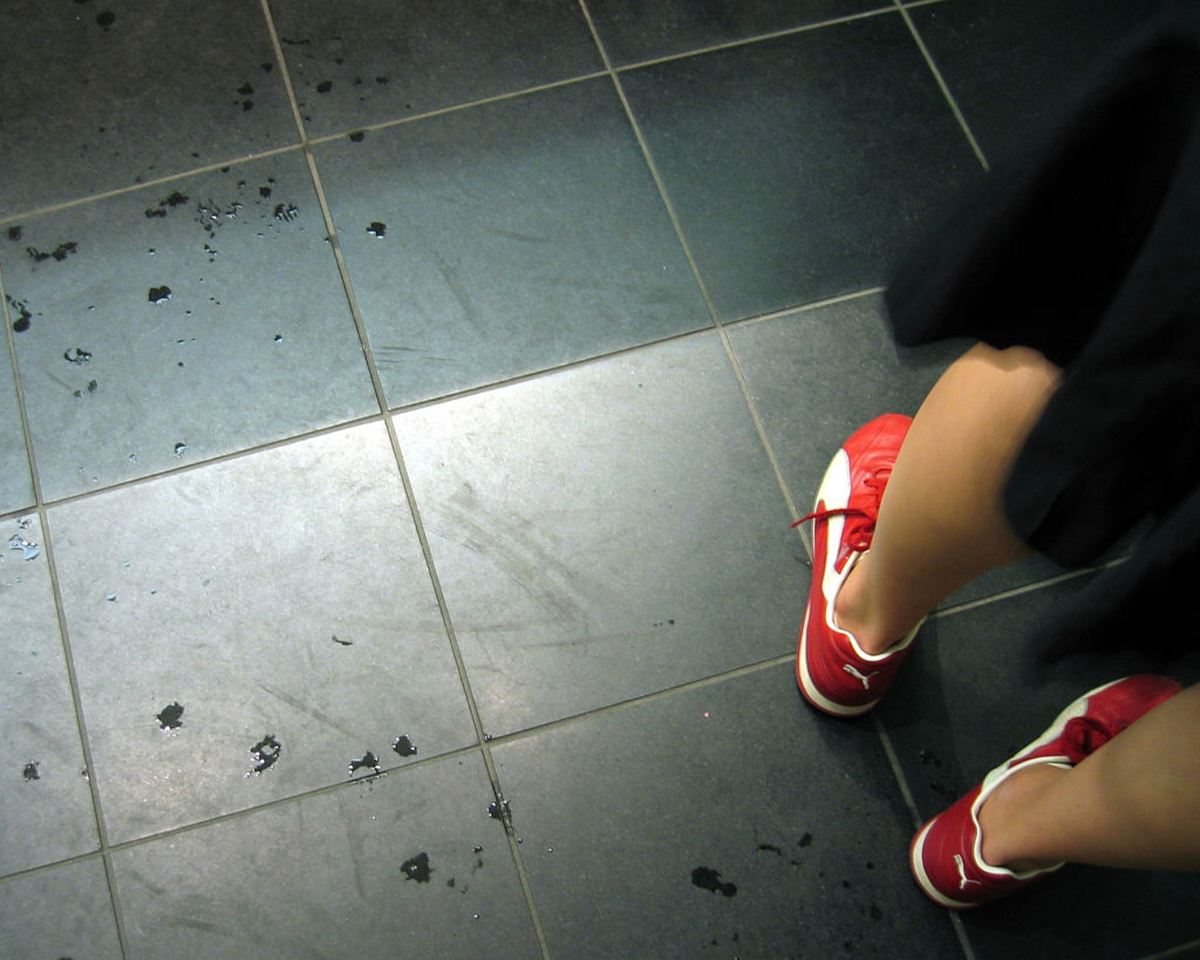E Coli
Escherichia Coli (E.Coli) is a gram-negative rod that is transmitted through the fecal-oral route. Public bathrooms are the perfect playground for germs, this this rod-shaped bacterium included. E. Coli tends to cling to nonporous surfaces and can be transmitted via contaminated water and food. E. Coli is part of our normal intestinal flora. In fact, in our large intestine, it contributes to the formation of vitamin K. However, if you are exposed to it from an external source, it won’t be so good to you: it is a common cause of infections.

Shigella
Shigella is probably one of the most potent gram-negative rods to cause bacterial infections. You only need few colonies to more or less confine you to the bathroom for days. The bacteria is passed on through contaminated feces and, thanks to unwashed hands, through your foods and drinks as well.
And if you happen to be generous and share your meals with your mates, they will get infected too. This is one of the reasons why Shigellosis is one of the most common bacterial and diarrheal infections in day cares and public settings — children tend to share their toys, meals, and a whole lot more. That's why it's so important to get your kids to wash their hands properly.
The main reason why shigella is such a dangerous bacterium is because of its virulence factors. The bacterium adheres tightly to the intestinal cells, stimulates proliferation of our immune cells (white blood cells), and stimulates mucus production from mucus-secreting cells in the intestines — and all of this yields a detrimental reaction within hours. It is very important to isolate the affected individual and insist on fluid intake, because diarrhea causes dehydration.
Streptococci
Thirty-nine percent of toilet seats are infested with streptococci. This bacterial family includes some bacteria that are present on our skin as part of the normal flora. The main mechanism through which they cause infection is if there is a break in the skin, affecting skin integrity and allowing the bacterium to penetrate in the blood. Diseases caused by streptococcal bacteria include the so common “strep throat”, scarlet fever, erysipelas, pharyngitis and in worst cases, necrotizing fasciitis (“flesh-eating bacteria”).
See Also: Persistent Bacterial Infections And Resistance To Antibiotics
Staphylococci
This is a bacterial group that is very similar to streptococci from which it differs by mainly one factor: the catalase reaction. Staphylococci possess the catalase enzyme which has the ability to break down hydrogen peroxide into water and oxygen. Hydrogen peroxide is a common toxic product used by our body to kill bacteria. Some staphylococci (Staphylococcus Aureus, Staphylococcus Epidermidis) are normally present on our skin's surface, and would only cause a disease if there is even the slightest break (cut, wound, puncture, etc.) on the skin.
Norovirus
Norovirus is a single stranded RNA virus that belongs to the Caliciviridae family. Unlike some other viruses, it is not protected by an enveloped (thus said “unenveloped”). Just like E. Coli, this virus is notorious for severe episodes of diarrhea, but of the non-bloody type. The episodes tend to last from a couple of days to two to three weeks.
How Do You Catch Those Bugs From The Bathroom?
Well, for starters, public bathrooms, just like other opened spaces, are populated with free living organisms. In bathrooms particularly, they occupy the floor, toilet seats, sinks, towel dispensers, faucet handles and any other surface that allows human contact. Of all those surfaces, sinks are the greatest sites of bacterial colonies in public bathrooms, possibly due to the fact that large amounts of water are collected and become breeding grounds for those organisms. This was demonstrated by a study at the University of Arizona, Tucson.

Another thing is, because of the level of human movement and traffic in and out of public bathrooms, bacteria and viruses are indirectly exchanged from one person to another, even without the need of direct physical touch or contact between persons.
By doing so, the bacteria are in direct contact with your skin and adhere easily. In addition, during defecation or urination, it is very easy for the bacteria to be propelled up
Avoid the spread of microbes by washing your hands… thoroughly!
As part of the ASM's Clean Hands Campaign, a survey was done that revealed that out of the 95 percent men and women who claim to wash their hands after coming from the bathroom, only 67 percent truly do. These statistics are quite alarming, especially after having reviewed the different types of bugs that we are exposed to in public bathrooms.
Many people don't wash their hands properly. But unfortunately, some of us get reminded of this the hard way when we go through a bad episode of diarrhea from jumping on those apples right after a bathroom trip, without washing our hands. Because people do not automatically get sick every time they omit handwashing, they have a tendency to believe that it is okay to leave the bathroom without washing their hands, or simply do it so quickly it doesn't get the chance to wash away all the germs.
See Also: Laundry Bacteria In Your In Your 'Clean' Clothes: Are You Using The Sick Laundry Cycle?
First of all, wet your hands with warm or cold running water. Next, apply soap (liquid or solid is fine) and lather your hands by rubbing them together with soap. Make sure to lather the back and front of your hands, in between your fingers, as well as your fingernails. Then, scrub your hands for about 20 seconds and then rinse them with clean, running water. End the process by drying your hands with a clean towel or an electric hand dryer. Just ensure that they are completely dry before handling any other surface.
When flushing the toilet, cover your fingers with some tissue paper to avoid direct contact. Similarly, avoid sitting directly on the toilet bowl when using public toilets. You are better off safe than sorry!
- Photo courtesy of Margaret Shear by Flickr: www.flickr.com/photos/shearforce/2825837792
- Photo courtesy of Susan Sermoneta by Flickr: www.flickr.com/photos/en321/19208531
- http://www.webmd.com/balance/features/what-can-you-catch-in-restrooms?page=2 http://www.cdc.gov/handwashing/when-how-handwashing.html
- www.askmen.com/sports/health_60/68_mens_health.html
- jonbarron.org/article/dangers-bathroom#.U-rHn_l5NrY


Your thoughts on this